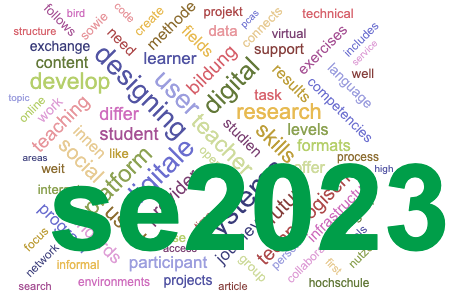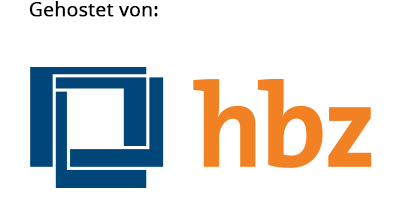Fostering Academic Peer Exchange in Distance Learning
Schlagworte:
Design Science, Fishbowl Methode, Soziale Interaktion, Virtual world, Virtuelle Welt, design science, e-learning, fishbowl, social interactionAbstract
Virtuelle Welten (VWs) sind in der Hochschulbildung seit mehr als einem Jahrzehnt präsent, haben aber in den letzten Jahren infolge von COVID-19 und dem Metaverse-Hype wieder stark an Bedeutung gewonnen. Dennoch ist die Förderung des Austauschs unter Studierenden und der sozialen Interaktion in VWs in der Hochschulbildung noch nicht ausreichend erforscht, zudem gibt es kein entsprechendes Designwissen. Daher leiten wir Designprinzipien systematisch ab, indem wir Designanforderungen aus wissenschaftlichen Beiträgen zu VWs unter Einbeziehung der Dozierendenperspektive sammeln und in Meta-Anforderungen überführen, die wir dann zu Gestaltungsprinzipien zusammenführen. Diese übersetzen wir in konkrete Designfeatures, die wir in einer echten Lehreinheit in der virtuellen Welt mit Masterstudierenden umsetzen. Die Evaluation erfolgt über Fokusgruppeninterviews nach praktischer Anwendung unseres Designwissens und zeigt den theoretischen und praktischen Mehrwert unseres Beitrags zur Förderung der sozialen Interaktion in Fernlernsettings aus Sicht der Lehrenden und Lernenden.Downloads
Veröffentlicht
2023-09-21
Ausgabe
Rubrik
Beiträge



